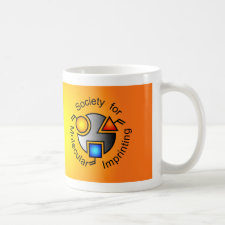
Authors: Liu HQ, Lei XL, Zhai YY, Li L
Article Title: Electrospun Nanofiber Membranes Containing Molecularly Imprinted Polymer (MIP) for Rhodamine B (RhB).
Publication date: 2012
Journal: Advances in Chemical Engineering and Science
Volume: 2
Issue: (2)
Page numbers: 266-274.
DOI: 10.4236/aces.2012.22031
Alternative URL: http://www.scirp.org/journal/aces/
Abstract: A simple method for the formation of molecularly imprinted membrane of Rhodamine B (RhB) was developed by electrospinning. RhB molecularly imprinted microspheres were produced by precipitation polymerization using RhB, acrylamide, ethylene glycol dimethacrylatea (EGDMA), azobisisobutyronitrile (AIBN) and acetonitrile as template, functional monomer, cross-linking agent, initiator and porogen, respectively. Then molecularly imprinted membranes (MIMs) were produced via electrospinning technique with polyethylene terephthalate (PET) as the matrix polymer. The as-prepared nanofiber membranes were characterized by scanning electron microscopy (SEM). Optimization studies with the aim to enhance the MIP selection adsorption were carried out with respect to the amount of membrane, pH and adsorption time. Linear range and detection limit were 0.01 ~ 20 μmol/L and 2.0 x 10-3 μmol/L, respectively. HPLC analysis showed that in the optimized conditions of separation and enrichment, the recovery rate can reach 97.8% ~ 117.1%, relative standard deviation (n = 3) was 1.36% ~ 2.19% in employing MIMs to the RhB simulated water samples. The results showed that the imprinted polymer exhibited higher affinity for Rhodamine B compared to non-molecularly imprinted polymers membranes (NIMs) and molecularly imprinted particles (MIP).
Template and target information: Rhodamine B, RhB
Author keywords: molecularly imprinted membrane, electrospinning, precipitation polymerization, Rhodamine B, Separation and enrichment



Join the Society for Molecular Imprinting

New items RSS feed
Sign-up for e-mail updates:
Choose between receiving an occasional newsletter or more frequent e-mail alerts.
Click here to go to the sign-up page.
Is your name elemental or peptidic? Enter your name and find out by clicking either of the buttons below!
Other products you may like:
 MIPdatabase
MIPdatabase









